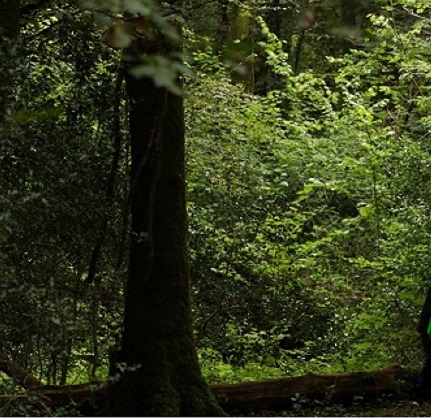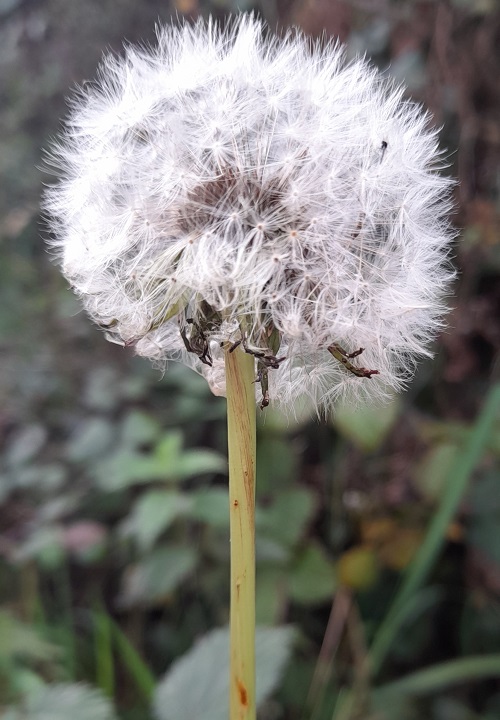The Newcastle Chronicle (NSW) Tue 21st December, 1869 p2.(abridged)
There was a party gathered one Hallowe’en. They sat round the fire burning nuts and telling stories just as we do tonight. One among them was a lady newly betrothed, the gayest, the proudest, the must beautiful of them all. Her lover sat by her side. Her wild and wilful ways had often given him a heartache, but he loved her dearly.
Someone among the party dared her to go and cast the reel – through a high staircase window that looked down on a dark plantation.
The one who tries this charm must stand at a window alone while the clocks toll for midnight, and, throwing the reel, must wind the thread upon her hand, and call three times; and at the third time, if her heart fail not, they say, her future bridegroom will answer from below.
The lady I tell you of, sprung up and said she would go, for she feared nothing in this world or the next, and though her lover prayed her to remain, she still persisted.
‘You shall see,’she said, ‘whether you have a rival!’
She took a light in her hand, and went alone up the staircase. When she reached the casement she stood still and waited, minute after minute, ’til the clock sounded the first stroke of twelve. Then she flung the reel far down into the darkness, and began to wind the thread.
‘Who is there?’ she cried.
All was still, for the very wind seemed to pause and listen to her call.
Again she called;
‘Who’s there?’
This time there came a soft and smothered sound from below, as though one fetched a heavy sigh. The lady’s hand grew cold, and her breath came short; but she had a dauntless spirit, and said to herself,
‘Tis but the night wind in the trees.’
She waited. Just as the last stroke of the hour sounded, she called aloud for the third time,
‘Who is there?’
And in the stillness an awful voice came up fiom the darkness, saying;
‘I am here.’
The lady shrieked and fled downstairs. When she entered the room again, where her companions were sitting in the pleasant fire-light, she was pale and cold as a corpse. When her lover ran to meet her, she held him off and stared at him as if she scarcely knew him.
After that night she was changed. A secret fire within her seemed burning her away. Her old wild temper was gone. Her proud spirit drooped day by day, and the next Hallowe’en she lay a dying.
All through the night she lay as if asleep, but when the clock began to toll for midnight she looked up. Like one startled and afraid, she panted, in a failing voice, ‘Who is there?
Only she heard the reply.
With a shriek she fell back dead.
Her future groom had indeed called.
His name was Death.


